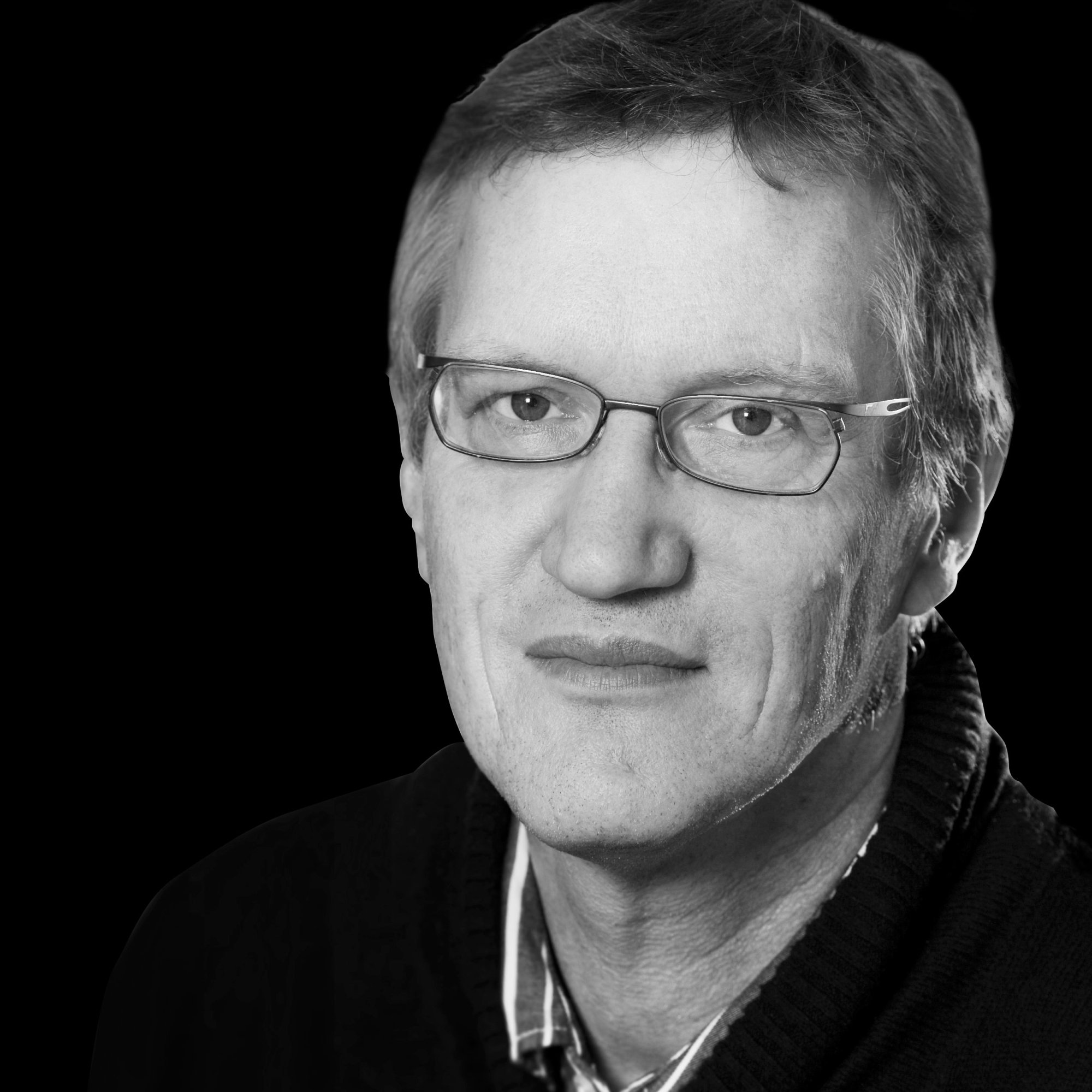Sweden’s controversial, less-stringent lockdown has made an unlikely star of its state epidemiologist. He told us why he still believes in the national strategy and why he thinks a classic second wave is unlikely. Proportionately, Sweden has suffered many more deaths than its neighbors. Norway has had 48 coronavirus deaths per million people, Finland 60, Denmark 105, and Sweden 547.
It’s strange to have the world watching Sweden’s coronavirus strategy. It’s not what normally happens to public servants anywhere in the world, and definitely not in Sweden. And it’s also kind of a problem, because it leaves a lot open to interpretation, especially when it’s translated through different media sources.
5,787
Covid deaths as of August 19, 2020. Source: WHO Dashboard
We considered everything earlier in the year, including a harsher lockdown. I think a number of things led us to stick to our original plan. There was really no evidence showing that total lockdown was better. We managed to keep the increase in cases fairly low all the time. So we didn’t have the dramatic changes in caseload that especially the UK, but also the Netherlands and some other countries, had. We could show that we managed to keep the number of cases down to a level where the system could keep on coping with it.

COURTESY PHOTO
In the beginning we had what we call “IKEA syndrome,” meaning that our health system was very reliant on just-in-time supply chains. Many hospitals even got supplies several times a day, and sufficient stocks didn’t exist anywhere. Everything was always “on its way” from manufacturer to user. That caused a lot of unnecessary problems for health-care workers. Supplies arrived, but usually very, very late, so that they were never quite sure, when they went home in the evening, if there would be any more the next day. There was always protective equipment in place, but this constant fight to get hold of other things, I think, really nagged on people. It’s not completely under control yet, but it’s a lot better now: very few hospitals report lack of supplies anymore.
During our modified lockdown, Sweden increased its ICU [intensive care unit] capacity to the level where there are always at least 20% of the beds free at any given time. And then every medical procedure that could be delayed, has been delayed.
It’s true that herd immunity has been slower than expected, for several reasons. The populations we’ve been testing are probably not very representative of patients as a whole. We’ve been only testing people who come into primary care and so on. When we test in companies or people working in hospitals, we see much higher levels of immunity. So we are now trying to put together this jigsaw puzzle from different sources of data. The problem with this disease is that the spread seems to be very patchy. Some workplaces in Sweden have 0.5% immunity; other workplaces have 20% immunity. So you really need to test a lot of people.
This patchiness in the virus is really a problem, because it makes it so difficult both to control it and to measure and understand it. It jumps from one group to the other in clusters. There was a recent outbreak in the mines up in the north [in Gallivare, in June 2020] because a lot of people collected in one place. So I think if anything, we need to have some preparedness for more of these local outbreaks–to be very much on our toes and to be able to handle them quickly.


